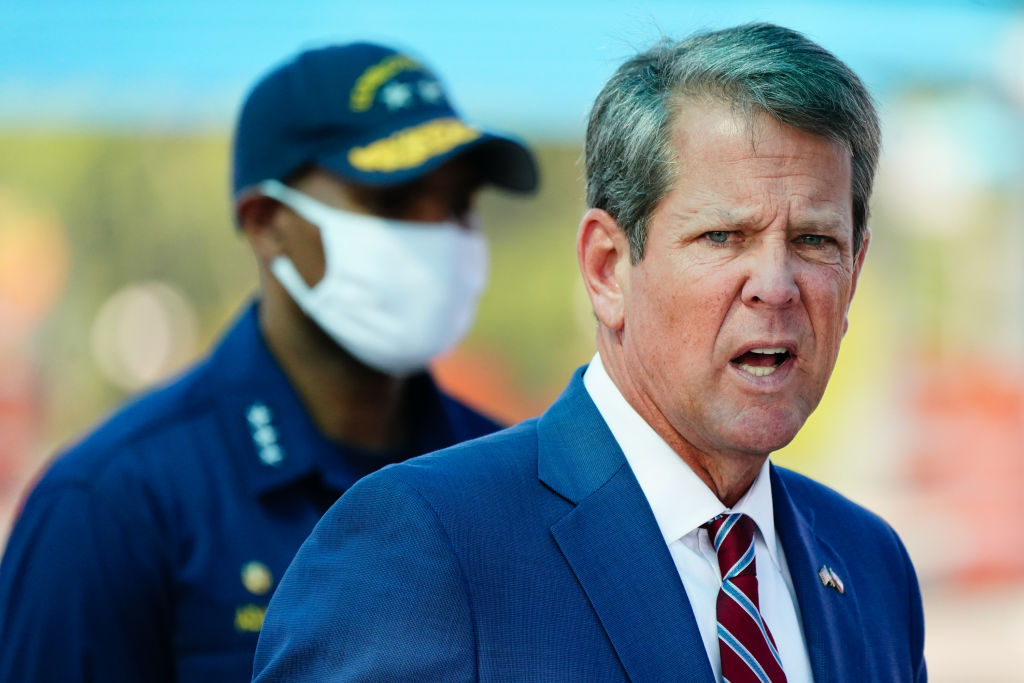The sickest 5% of the population develop 50% of overall health care costs, while the healthiest 50% just develop 3% of expenses. People have less monetary reward to remain healthy: Without a copay, individuals may overuse emergency clinic and https://docs.google.com/document/d/1NBSEb80hBM54ihkXRExH9XtyhIxrUhxjCAGLgiqWvSc/preview physicians. There are long wait times for optional treatments: The government focuses on supplying https://podhero.com/addiction-is-a-disease-transformations-treatment-center/addiction-treatment-in-the-pompano-beach-area-a-simple-guide-1bd283fjq standard and emergency healthcare.
Healthcare costs. For example, some Canadian provinces spend nearly 40% of their budget plans on healthcare. with a low probability of success. This consists of drugs for unusual conditions and pricey end-of-life care. In the United States, look after clients in the last 6 years of life comprises one-fourth of the Medicare spending plan.
Standardizes service. Produces a healthier workforce. Avoids future social costs. Guides individuals to make much healthier choices. Drawbacks Healthy individuals spend for the sickest. Individuals have less financial reward to remain healthy. Long wait times. Medical professionals may cut care to reduce expenses. Health care expenses overwhelm federal government budgets. The government might restrict services that have a low probability of success There are 3 universal healthcare models.
Countries often integrate universal health protection with other systems to present competition. These alternatives can reduce costs, expand choice, or enhance care. Citizens can likewise opt for better services with additional personal insurance. The United States provides different designs for populations such as the elderly, veterans, and low-income individuals. In a single-payer system, the government provides free health care spent for with profits from earnings taxes.

Every person has the same access to care. This is called the Beveridge Design. When governments offer healthcare, they work to guarantee physicians and health centers supply quality care at a reasonable cost. They must gather and examine data. They can also utilize their acquiring power to affect healthcare suppliers.
An Unbiased View of What Is Health Care Fsa
Other nations include Spain, New Zealand, and Cuba. The United States uses it to veterans and military personnel with the Department of Veterans Affairs and the militaries. Countries that utilize a social health insurance model requires everyone to buy insurance coverage, normally through their companies. The taxes enter into a government-run health insurance coverage fund that covers everyone.
The federal government controls health insurance prices. It likewise has a lot of influence to control the private-providers' rates. Germany developed this system. France, Belgium, the Netherlands, Japan and Switzerland also utilize it. The U.S. Obamacare system likewise requires insurance coverage, but there are many exemptions. It is also similar in that it offers aids to medical insurance companies for low-income enrollees.
Every resident pays into the national insurance coverage strategy. Administrative expenses are lower because there is one insurance provider. The federal government has a great deal of leverage to require medical costs down. Canada, Taiwan, and South Korea use this model. The U.S. Medicare, Medicaid, and TRICARE systems also utilize this model Australia has a combined health plan.
Everybody receives coverage. People need to pay deductibles prior to government payments start. Many homeowners are prepared to spend for additional private health insurance to get a higher quality of care. Government guidelines protect senior citizens, the poor, children, and rural residents. In 2018, health care cost 9. 3% of Australia's gross domestic product.
The per capita expense was US$ 5,005, about average for developed countries. There were 42. 6% of clients who reported a wait time of more than four weeks to see an expert. Australia had one of the very best infant death rates of the compared nations at 3. 1%. Canada has a nationwide medical insurance system.
The 7-Second Trick For What Is Health Care Delivery System
Private extra insurance coverage spends for vision, dental care, and prescription drugs. Health centers are publicly funded. They offer totally free care to all citizens no matter their capability to pay. The federal government keeps health centers on a fixed budget plan to manage expenses, however compensates medical professionals at a fee-for-service rate. In 2018, health care cost 10.
The expense per person was US$ 4,974. A massive 62. 8% of clients waited more than 4 weeks to see a professional. The infant mortality rate was 4. 3%, among the nations compared. France has a social health insurance coverage system that offers care to all legal citizens. That includes medical facilities, physicians, drugs, and some oral and vision care.
Of that, payroll taxes fund 64%, income taxes pay for 16%, and 12% is from tobacco and alcohol taxes. In 2018, healthcare cost 11. 2% of GDP. That was US$ 4,965 per person. Half of all patients reported a wait time of more than 4 weeks to see a specialist.
4%. These statistics are all in the middle of the pack for developed countries - what purpose does a community health center serve in preventive and primary care services?. Germany has a social health insurance program. Everyone needs to have public health insurance coverage, but those above a specific income can select personal insurance rather. The state-sponsored insurance coverage covers hospitalization, other than for meals and lodging. It likewise covers rehabilitation for health center stays, mental health, and addiction.
Funding comes from payroll taxes. In 2018, healthcare expense 11. 2% of GDP. It averaged US$ 5,986 per person. Both figures have to do with average. Only 28. 1% of patients reported a wait time of more than 4 weeks to see a professional. That is among the most affordable of the industrialized countries.
How Much Would Universal Health Care Cost - Truths
The baby death rate was 3. 1%. The country has a social health insurance system for all homeowners. why doesn't the us have universal health care. Protection is offered by competing personal insurance provider. Citizens pay premiums approximately 8% of their earnings. The federal government compensates them for any greater costs. Individuals can buy extra insurance to access better medical facilities, physicians, and features.
2% of GDP. It was USD $7,317 per individual. Just 27. 3% of patients reported a wait time of more than 4 weeks to see an expert. The infant death rate was 3. 7%. The UK has single-payer health care that covers all homeowners. Visitors receive look after emergencies and contagious illness.

The federal government pays 80% of costs through income and payroll taxes. The rest is paid from copayments and individuals paying out-of-pocket for NHS services. It pays for all treatment, including some dental and eye care, hospice care, and some long-term care. There are some copays for drugs. In 2015, 10.
residents had private insurance coverage for optional medical procedures. In 2018, health care costs were 9. 8% of GDP. The cost was United States $4,069 per individual. But 46. 4% of clients reported a wait time of more than four weeks to see an expert. The baby mortality rate was 3. 6%.
As a result, 67. 2% of Americans have private health insurance, mostly from their companies. The government supports personal health insurance coverage through Obamacare. Another 37. 7% of Americans have government protection. These include Medicaid, Medicare, Kid's Medical insurance Program, and military protection consisting of the Veterans Administration. Only 8. 5% had no protection at all.
Unknown Facts About A Health Care Professional Is Caring For A Patient Who Is About To Begin Iron Dextran
Numerous democratic prospects promote universal health care under the title "Medicare for All." In 2018, healthcare cost 16. 9% of GDP. That was a shocking US$ 10,586 per person. About 28% of patients reported a wait time of more than 4 weeks to see a specialist. That has to do with the like Germany and Switzerland.